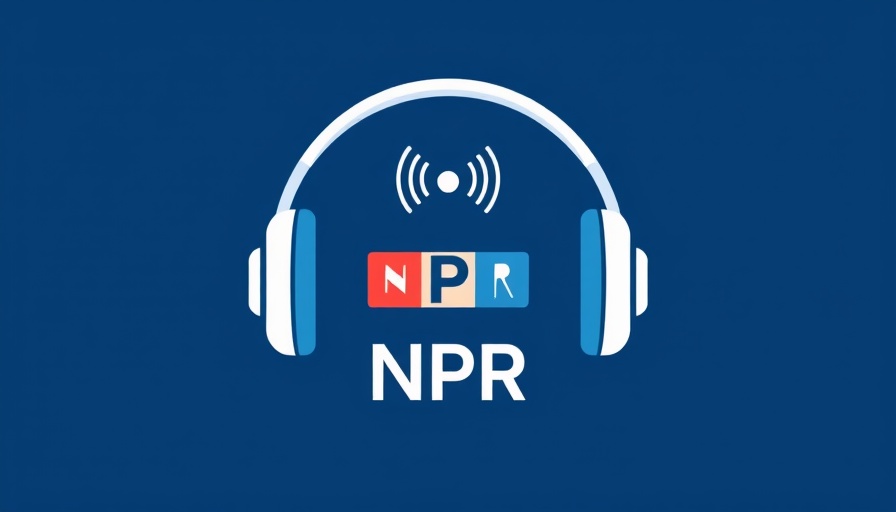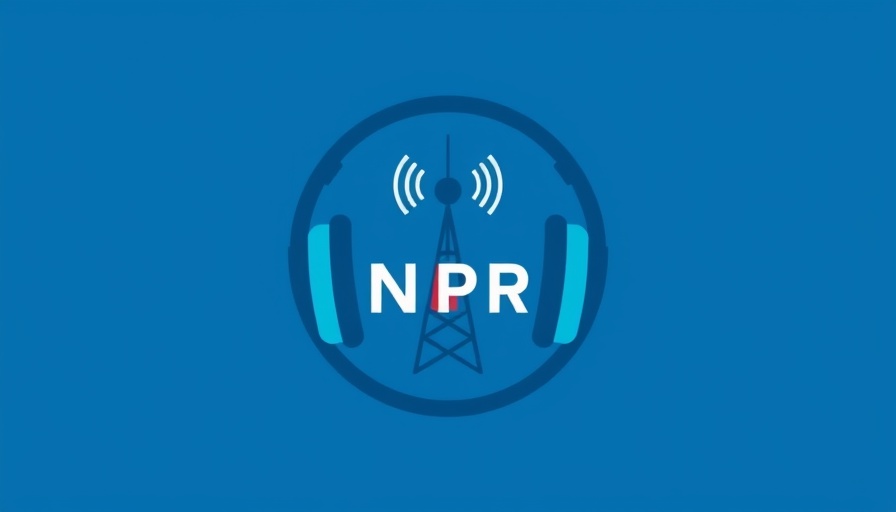
A Dream Job Turns Nightmarish
Bri McNulty, a bright 23-year-old health worker, found herself devastated after relocating to Iowa for what she envisioned as her dream job at the Centers for Disease Control and Prevention (CDC)—specifically, focusing on cancer prevention in a state facing the second-highest incidence of the disease. Unfortunately, her aspirations crumbled when she, along with many other federal employees, was abruptly terminated due to sweeping cuts mandated by the CDC, altering not just the trajectory of her career but putting a significant dent in the public health infrastructure.
Rippling Effects of CDC Cuts
McNulty's story reflects a growing trend of layoffs and budget cuts affecting vital public health positions across the country. According to reports, about 1,300 CDC employees were laid off within a brief period, accounting for around 10% of the agency's workforce. This seismic shift comes at a time when the nation is grappling with rising health emergencies, including outbreaks of flu, measles, and norovirus, as emphasized by public health experts. The cuts threaten the health system's readiness to respond effectively to these challenges, raising concerns within the community.
Historic Context: A Instituted Fragility
The drastic actions taken by the Trump administration echo a long history of challenges faced by the CDC, which was founded in 1946. Initially, the CDC focused on combating communicable diseases like malaria, but over decades, it expanded its scope to tackle a range of public health issues. The current administration's push for cuts is perceived as a deliberate dismantling of this once-solid public health infrastructure to streamline government operations. Critics warn that by reducing the workforce responsible for essential health data and response coordination, the nation risks losing track of impending health threats.
Local Impact Meets National Ramifications
The consequences of the layoffs are not limited to just individual workers like McNulty. The reduction in CDC staff will likely affect local health responses across the U.S. Experts from the American Public Health Association sound the alarm on how community health is at risk, potentially leading to an erosion of public trust in health systems. Susan Polan, an associate executive director for public affairs at APHA, stated, "We are losing the years of experience that exist in these agencies, which is irreplaceable. Without the front-line workers, we will struggle to keep communities safe from ongoing and emerging health threats."
Potential Consequences of Losing Experienced Professionals
The public health workforce is facing a crisis not only due to layoffs but also due to the emotional and physical toll of the COVID-19 pandemic, which has led to high levels of burnout and an exodus of professionals. Current efforts to bolster the public health infrastructure need to account for the experience and leadership that figureheads like McNulty represent. If the structural issues aren't resolved, there is a strong possibility of worsening health conditions across communities.
Looking Ahead: Gauging Future Health Challenges
As the CDC pivots through these tumultuous times, its capacity to deal with future crises remains uncertain. In the face of challenges such as avian flu outbreaks and increasing measles cases, the reduction of resources raises alarms. It is essential for professionals and stakeholders to begin dialogues about the long-term implications of these cuts and advocate for policies that reinforce public health capabilities rather than erode them.
Amidst this upheaval, McNulty's determination reflects a generation of health professionals ready to tackle pressing issues, but they need supportive frameworks to implement lasting change. The public health community's resilience will be tested, and the response to these imminent challenges may hinge on reclaiming and redefining its role in ensuring health security for all Americans.
Bri's case highlights the significant need for investments in health and signifies that losing skilled workers can lead to larger systemic failures.
 Add Row
Add Row  Add
Add 




 Add Row
Add Row  Add
Add 

Write A Comment